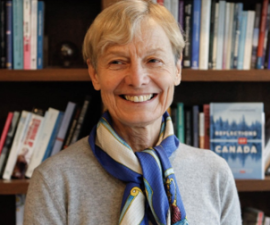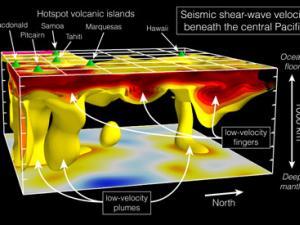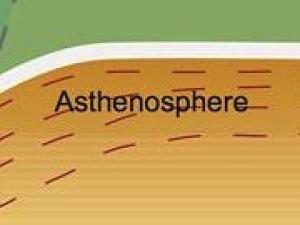

Research Bio
Barbara Romanowicz received her undergraduate degree from Ecole Normale Supérieure, "Sèvres" in Paris, France in 1974, her Maîtrise de Mathématiques Pures from the Université Paris 6 in 1972, her Agrégation de Mathématiques in Paris, France in 1973, her M.S. in Applied Physics at Harvard University in 1975, her Doctorat de 3e cycle in Astronomy, at the Université Paris 6, also in 1975, and her Doctorat d'Etat, Spécialité Géophysique at the Université Paris 7 in 1979.
Her current research involves deep earth structure and dynamics using elastic and inelastic seismic tomography, waveform modelling of mantle and core phases, wave propagation in complex heterogeneous and anisotropic media, and earth's normal modes and surface waves. She is also interested in earthquake processes and scaling laws, real time estimation of earthquake parameters, development of modern broadband seismic and geophysical observatories on land and in the oceans, and general planetary seismology.
Research Expertise and Interest
earth & planetary science, deep earth structure & dynamics, earthquake processes & scaling laws, real time estimation of earthquake parameters, development of modern broadband seismic and geophysical observatories, planetary seismology
In the News
CT scan of Earth links deep mantle plumes with volcanic hotspots
University of California, Berkeley, seismologists have produced for the first time a sharp, three-dimensional scan of Earth’s interior that conclusively connects plumes of hot rock rising through the mantle with surface hotspots that generate volcanic island chains like Hawaii, Samoa and Iceland.
New model of Earth’s interior reveals clues to hotspot volcanoes
Scientists at UC Berkeley have detected previously unknown channels of slow-moving seismic waves in Earth’s upper mantle, a discovery that helps explain “hotspot volcanoes” that give birth to island chains such as Hawaii and Tahiti.
North American continent is a layer cake, scientists discover
The North American continent is not one thick, rigid slab, but a layer cake of ancient, 3 billion-year-old rock on top of much newer material probably less than 1 billion years old, according to a new study by UC Berkeley seismologists. The new findings by Barbara Romanowicz and Huaiyu Yuan also indicate that the continent grew by addition of rock from subducting ocean floor, not by mantle plume upwelling from below.



